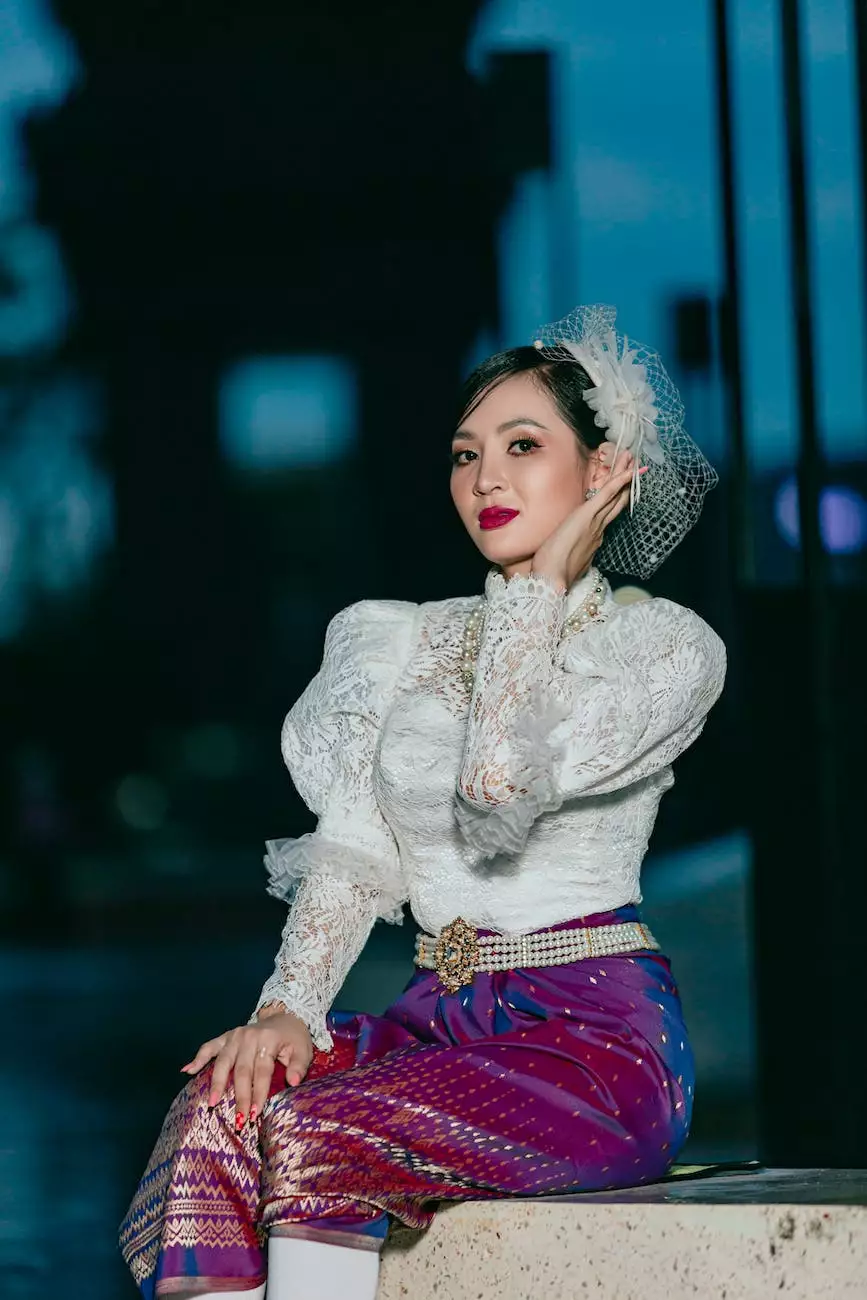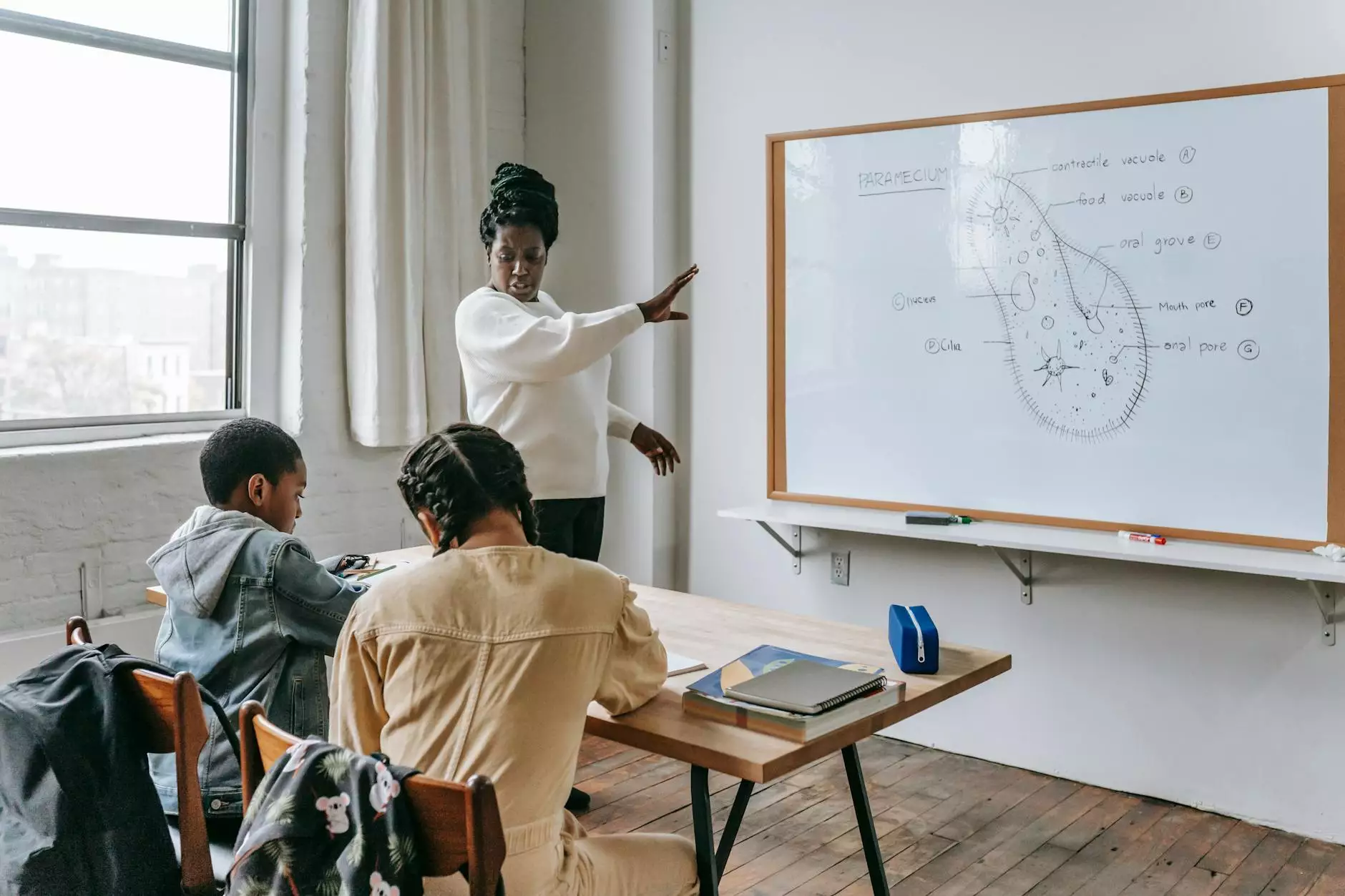Imagine, Image, and Imagination: Explaining Confusing English Words
Blog
Welcome to NJCLT! In this episode, we will delve into the often confusing English words: imagine, image, and imagination. Understanding the subtle differences between these words is crucial for clear communication. Let's explore each term individually and shed light on their meanings.
1. Imagine - The Power of Mental Creation
At its core, imagine is a verb that refers to the act of forming a mental picture or concept of something that is not present or has not yet occurred. It involves using one's creativity and visualization abilities to conjure thoughts, ideas, or fictional scenarios.
For example, when you imagine yourself on a beautiful sandy beach, feeling the warmth of the sun on your skin and listening to the sound of crashing waves, you are mentally creating that scenario without physically being there.
2. Image - Visual Representation
In contrast to imagination, image is primarily a noun that signifies a visual representation or portrayal of something. It can be a mental or concrete depiction, including photographs, paintings, or even mental snapshots within one's mind.
Images can evoke emotions, memories, and convey messages without the need for explicit verbal communication. We often encounter images in art, advertising, and daily life, making them an essential tool for storytelling and self-expression.
3. Imagination - The Realm of Possibilities
Imagination is a noun that encompasses the entire world of creative thoughts, ideas, and possibilities. It is the faculty of the mind that enables individuals to generate mental imagery, scenarios, or concepts beyond what is physically present.
Imagination allows us to explore uncharted territories, dream big, and come up with innovative solutions. It is the driving force behind inventions, works of literature, and artistic masterpieces.
4. Using Imagine, Image, and Imagination
Given their distinct definitions, it is important to use each term accurately to convey your intended meaning:
4.1. Use Imagine to:
- Envision future possibilities
- Create mental scenarios
- Think creatively
- Visualize desired outcomes
4.2. Use Image to:
- Refer to visual representations
- Describe photographs or paintings
- Evoke specific emotions
- Discuss symbolic meanings
4.3. Use Imagination to:
- Discuss creativity and innovation
- Explore possibilities beyond reality
- Describe imaginative works
- Express artistic ideas
Conclusion
By now, you should have a clearer understanding of the distinctions between imagine, image, and imagination. Remember to use these words correctly to ensure effective communication. Whether you are conveying your thoughts, writing a story, or interpreting someone else's work, mastering these terms will enhance your ability to express yourself accurately.
NJCLT is dedicated to providing comprehensive explanations of commonly confused English words and phrases. Stay tuned for more language insights, and continue to expand your vocabulary and language skills.




